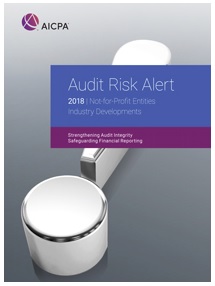
I am pleased to announce my firm has passed its most recent peer review.
The inspection report, which has a grade of “pass”, is for the year ending May 31, 2021. The report is dated December 15, 2021 and was accepted by the state Peer Review Committee on April 7, 2022.
This is the seventh peer review my firm has completed and I am thrilled to share that every time I have received the highest rating possible.
For those not familiar with the peer review process in the accounting profession, this is a self-regulatory program that evaluates the quality of a CPA firm’s quality control over performing audits, reviews, and compilations. It looks at the processes inside a firm and also looks in detail at select engagements to ensure the audits, reviews, and compilations were performed in accordance with professional standards.
The concept is good procedures evidenced by good work on those specific engagements under inspection will result in an overall system that will routinely produce high quality results.













